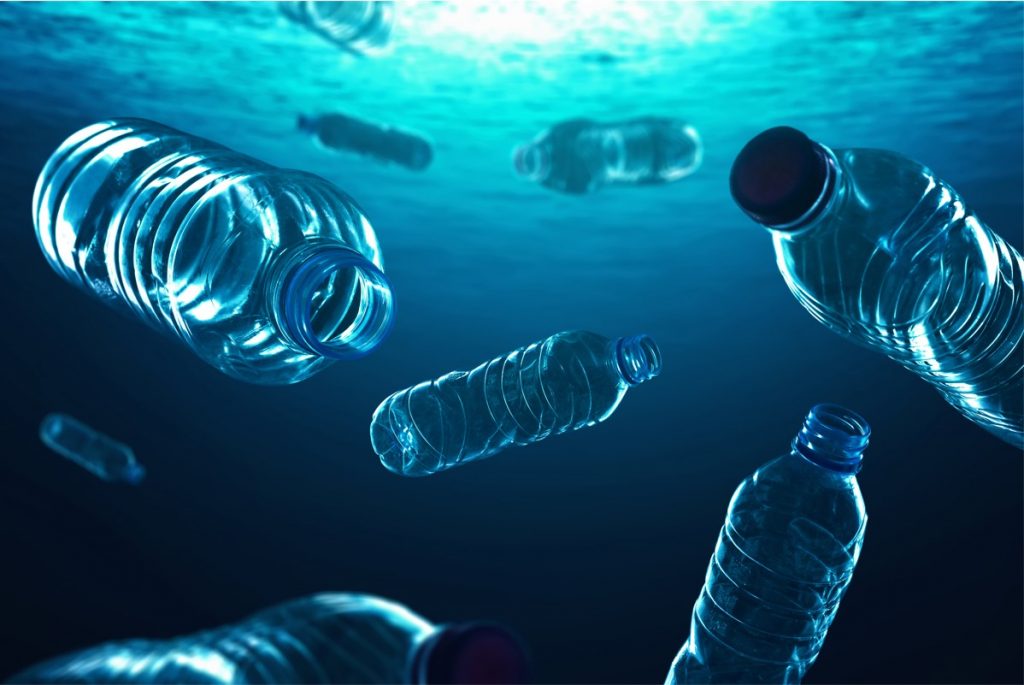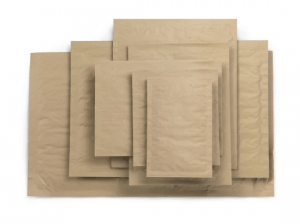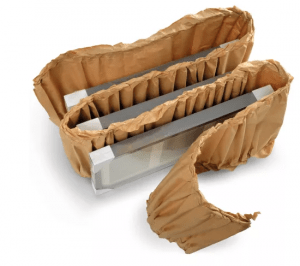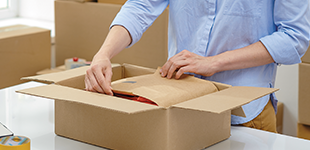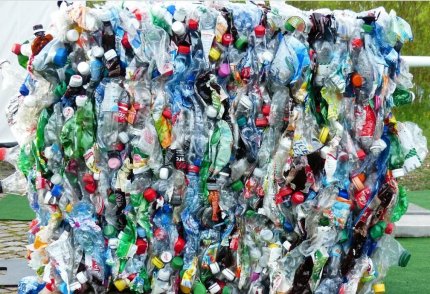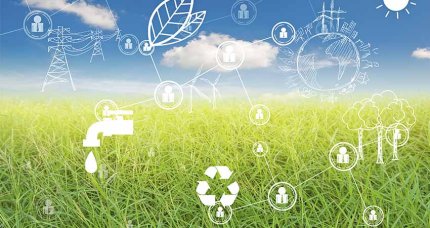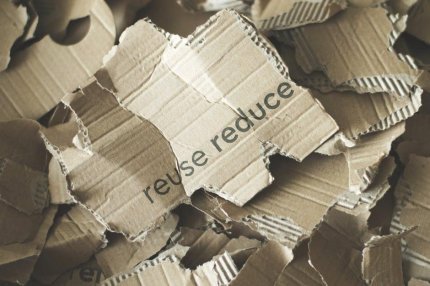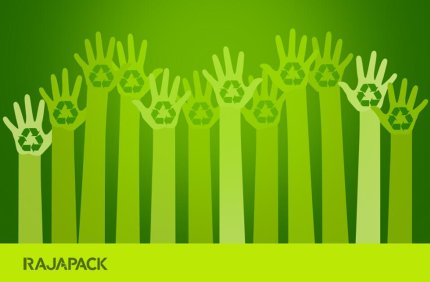Every year, more than 380 million tonnes of plastic is produced worldwide. That’s about the same as 2,700,000 blue whales – and much of it is used in unsustainable packaging which is used once then thrown away.
But that is all set to change. Come April 2022, anyone making, buying or using plastic packaging in the UK is going to be faced with a new tax. The Plastic Packaging Tax will levy a £200 a ton charge on plastic packaging that doesn’t contain at least 30% recycled material.
The tax will impact vast swathes of industry, not just those in packaging production, but those buying and importing it for use in their business.
With just a month to go until it comes into force, just who is going to be impacted by the tax, what do you need to do about it and what products are available to help you become an eco-conscious packer?
Why is the plastic packaging tax being introduced?
The Plastic Packaging Tax is being introduced to create a direct financial incentive for businesses to use more recycled plastic material in packaging. Simply put, if you don’t use recycled or partially recycled packaging material, it will cost you more.
The move is also seen as an added incentive for everyone, not just businesses in the packaging industry, to recycle more.
As ever, though, the devil is in the detail. There are a number of exceptions to the rule – exceptions that could make it complicated for the user to truly gauge if they are going to have to pay the tax or not. To be safe, opt for recycled plastic.
The tax will apply to all plastic packaging used in all circumstances, apart from the food industry – which has its own set of rules around packaging and hygiene – but not to all packaging.
It will not apply to any plastic packaging which contains at least 30% recycled plastic, or any packaging which is not predominantly plastic by weight. Imported plastic packaging will be liable to the tax, whether the packaging is unfilled or filled.
Who will be affected by the tax?
The tax is set to impact a range of businesses in the supply chain for packaging and its use. According to the government, UK producers of plastic packaging, importers of plastic packaging, business customers of producers and importers of plastic packaging, and consumers who buy goods in plastic packaging in the UK are all set to feel the impact of the tax change.
This could be anywhere North of some 20,000 producers and importers of plastic packaging in the UK and, in the government’s own words, “It is expected that the impact on businesses will be significant”.
For businesses, the costs associated with changing processes and policies, staff training, time liaising with HMRC and in instigating new systems to both check the supply of plastic packaging and to recycle will all mount up – although for many these are seen as temporary or even one-off costs.
Under the current proposals, the £200 per tonne charge would be levied on the first business in the chain to commercially exploit plastic packaging, however in all likelihood, the extra costs associated with introducing the scheme and any costs it then generates will be passed down the value chain.
Consumers, it is hoped, won’t bear a financial burden, but that all depends on how the value chain from producers to users decides to pass on any excess costs.
What is the current percentage of recycled content in products?
So how does the packaging industry look pre-packaging tax? According to research by McKinsey, just 16% of plastic waste is recycled to make new plastics, while 40% is sent to landfill, 25% to incineration and 19% is dumped. Much of the plastic that could be recycled – such as polyethylene terephthalate (PET), which is used for bottles and other packaging – ends up in landfill.
Much of this happens because the packaging is contaminated, either with food, other materials or the contents of the packaging, or has been made of mixed plastics that can’t be separated.
The plastic tax aims to try and push more recycling, however these contamination problems need to also be tackled in unison.
What can you do to prepare?
How can you as a user of plastic packaging prepare for the April 2022 introduction of the plastic tax?
The first step is to very carefully read all the government guidance on the tax – including its many and ongoing amendments – and look at how that applies to your packaging use and your business.
This then needs to be translated into a process of making sure that you are using 30%+ recycled plastic and that your suppliers can guarantee that. You also need to look at how you may have to report this to the HMRC.
The other way is to look more holistically at your plastic use and try and cut it down and find a range of alternative products.
For most packaging needs within any business large or small there are already a range of recycled and recyclable alternatives that could help you get round having to pay the packaging tax at all.
In fact, pretty much anywhere that you use plastic in any of your packaging processes, there is a recyclable and more environmentally friendly alternative. From cardboard packaging tubes to crinkle-cut recycled paper fill, there is something for everyone. Paper document enclosed wallets and envelopes are an obvious example, but the variety of recyclable alternatives is vast.
Ecomlr padded paper mailing bags are a good example. Made from 70% Kraft paper, these are a sustainable alternative to bubble mailers and are both tough and lightweight. Even the adhesive on self-sealing flap is biodegradable. Similarly, compostable mailing bags made from either paper of Glassine – a smooth, glossy paper that is air, water and grease resistant – are 100% recyclable, biodegradable and, being translucent, make a great alternative to plastic.
Similarly, when looking to use bubble wrap, you can switch to 50% recycled bubble wrap rolls or even paper bubble. The former pretty much does what it says on the tin: it is low-density polythene bubble wrap made from 50% recycled plastic – so well within the 30% level for the packaging tax – that can be used like any other bubble wrap to protect items in transit and storage. It is also 100% recyclable – so it can be made into more recycled bubble wrap.
Paper bubble offers a 100% recyclable alternative to bubble wrap. Made from 100% recycled paper, it offers the perfect environmentally-friendly alternative to plastic packaging, as well as getting you off the packaging tax hook.
Another way to ensure that products are securely packaged and protected while also meeting your green objectives is Ranpak WrapPak Protector, a pocketed paper packaging material that not only protects from impact, but also offers thermal protection too.
The choice is yours
While packaging tax may look onerous on the surface, its intentions are noble and, with some planning now, its impact could well be minimal on business. The choice remains as to whether to stay as you are and pay, or look at new ways to use packaging. One thing is for sure, there is a vast array of packaging solutions that already meet or exceed the 30% recycled demand of the tax, as well as there being many, many other, non-plastic packaging solutions.
While assessing how the plastic packaging tax may impact your business you will have to look at your plastic packaging use – why not use that opportunity to look at alternatives and start 2022 plastic-free where possible? That would be an excellent New Year’s resolution.
Want to know more about our wide range of eco-friendly packaging solutions?
For additional advice on the wide range of eco-friendly packaging solutions available to help with the packaging tax, our Experts are here to help you find the right solutions and arrange next day delivery. Simply call us on 0800 542 44 28 or visit www.rajapack.co.uk.







